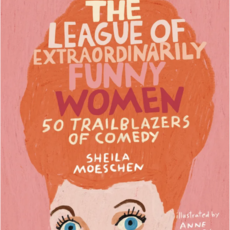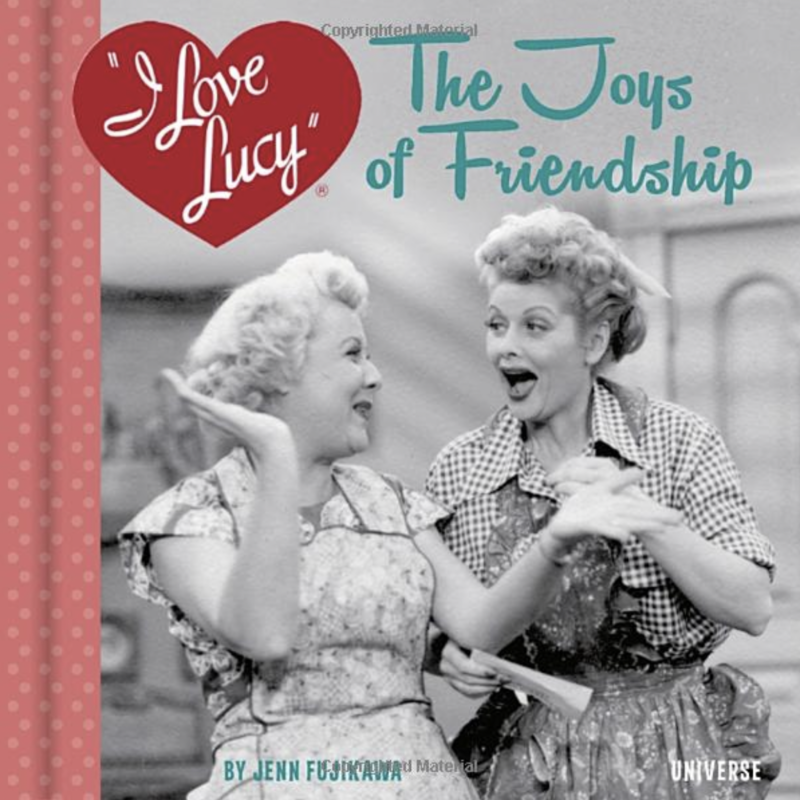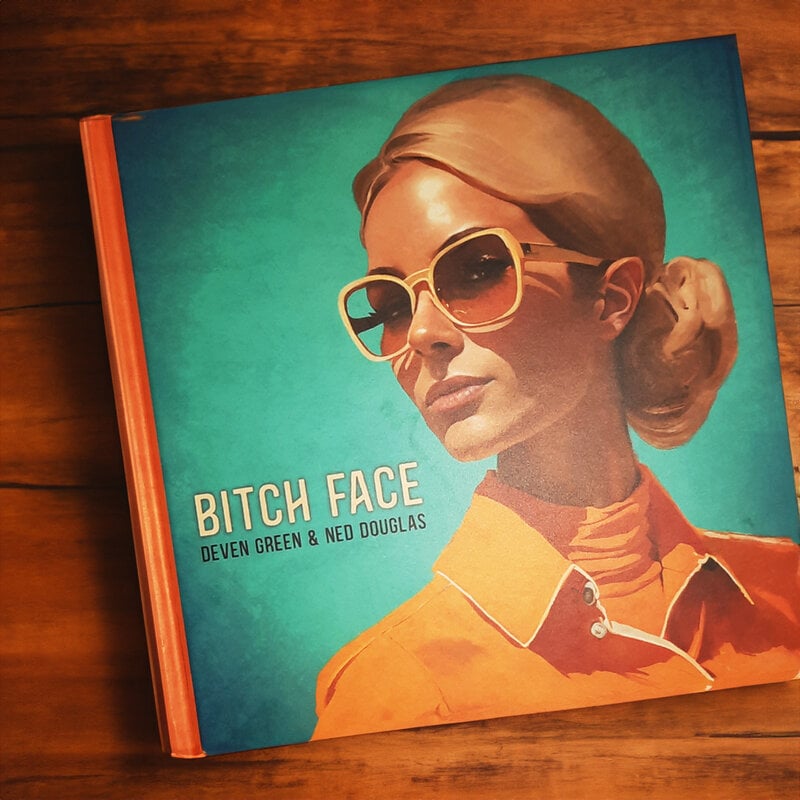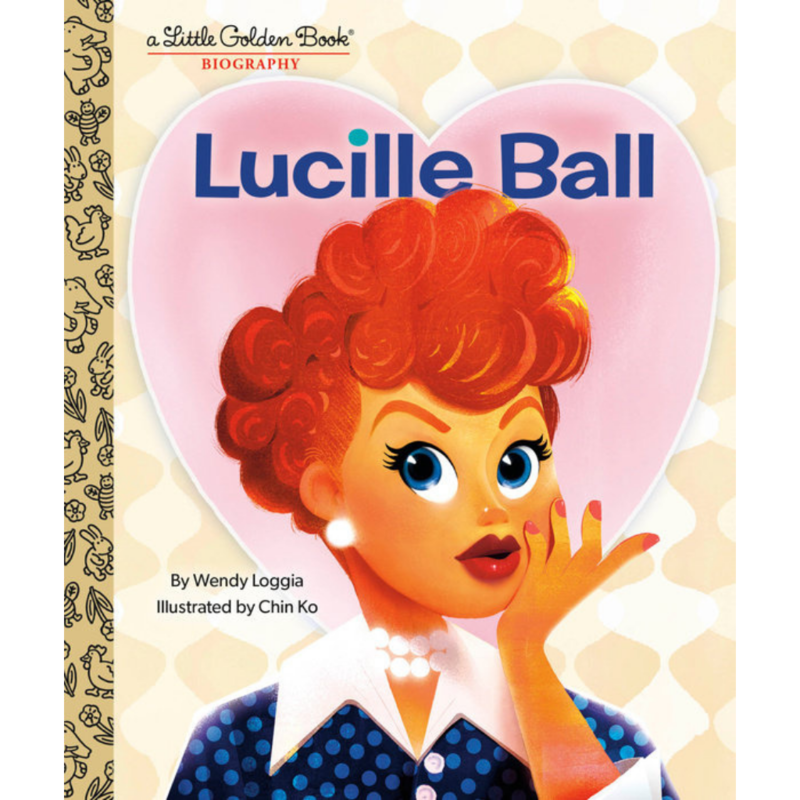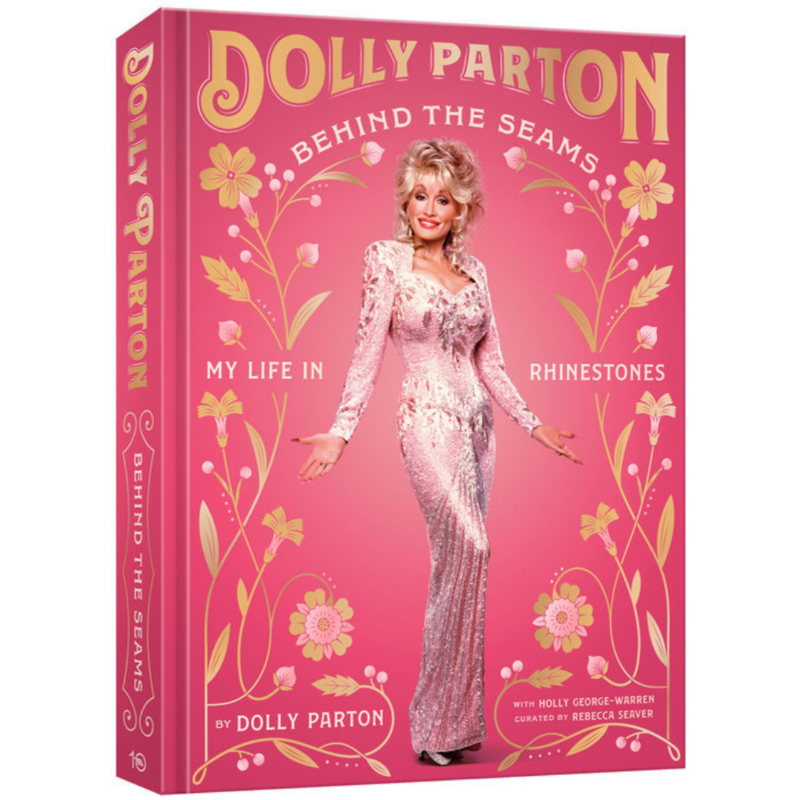Humiliation is awful, but if you’re Lena Dunham, it can be awfully funny.
Lena is the fearless visionary who wrote, created, and starred in the critically acclaimed HBO show, Girls. On the show, Lena played twentysomething Hannah Horvath, a young woman living in New York City, struggling to become a writer and struggling even harder to become herself. In the pilot episode, Lena dares audiences not to laugh at a string of Hannah’s shameful and awkward missteps.
First, her parents arrive for a visit to tell her, ungraciously, over dinner they are cutting her off financially. Then she gets fired from her unpaid internship after pleading with her boss to make her position a paid one. Finally, Hannah makes one last-ditch effort to sway her parents to float her economically for a while longer. She barges into their hotel room, clutching a sad, wrinkled stack of manuscript pages, asking them to read it and reconsider. Fixing them with a wide-eyed, wholly sincere gaze, Hannah says: “I think I may be the voice of my generation. Or, at least, avoice of a generation.” It’s a darkly funny experience watching Hannah’s cluelessness, sense of entitlement, and self-importance collide with her parents’ exasperation. This is Lena Dunham’s daring comedy at its best: mining flaws, failures, epic wipeouts, and everyday humiliations for the humor underneath it all. And that makes us all feel like less of a disaster, for a little while at least.
Lena was raised among a community of artists, thinkers, and eccentric creative types, which fueled her unique outlook on the world. Her father is a painter and her mother, Laurie Simmons, is a well-known artist/photographer, whose projects involve photographing dolls and dollhouse furniture in strange and unnerving scenes. For a lot of girls, it’s younger siblings ransacking their Barbie collections, not usually their mom pilfering their stuff.
Lena’s earliest interest in writing and film found a natural outlet in the bohemian atmosphere of her home and family life. She brought those interests with her later on to St. Ann’s, a secondary school with a strong arts culture. Before she had even graduated from high school, Lena was studying playwriting. She wrote and produced her own plays as well as trying her hand at stand-up comedy.
At Oberlin College, Lena immersed herself in writing and film. While other students made narrative films about their families or the interesting history of the town, Lena made herself and her peers the subjects of her movies. Aiming the lens at what was right in front of her, Lena used the camera to explore regular, sometimes boring or uneventful, but always a little uncomfortable, experiences, like dating or living with a roommate or girlfriend. The same kind of psychological curiosity and dry humor that Lena brought to her college films later burst into the world of Girls.
“The parts I enjoy playing aren’t really available to me, so I have to write them.”
—LENA DUNHAM
After graduation, Lena moved back home with her parents in Manhattan, took on various part-time jobs, and continued making short films and working on other creative projects. One of these was a web sitcom called Delusional Divas that featured Lena and two other friends as spoiled brats from the art scene doing outrageous public stunts in an attempt to get famous. Lena using humor to push the limits of unpleasantness was a bit like the comic abrasiveness of the British show Absolutely Fabulousfused with the uncomfortable, public absurdity of Ali G.
She took these ideas a bit further in 2009 when she wrote, directed, produced, and starred in her own independent film, Tiny Furniture. It’s a film that introduced audiences to Lena’s way of exploiting her characters’ faults and deep vulnerabilities to find the ironic comedy underneath. Tiny Furniture not only won the Best Narrative Film Award at the annual South by Southwest music and culture festival, it led to Lena inking a deal with HBO to produce her own series. The idea she had in mind: four young women, just out of college, gracelessly and, often embarrassingly, moving through the confusion, heartbreak, and challenges of making a life for themselves in New York City.
Girls first aired in 2012, bringing viewers fresh, unnerving female characters who were a mess of contradictions and a mess in general. Hannah and her friends—Marnie, Jessa, and Shoshanna—navigate jobs, relationships, and their friendships with one another through disquieting experiences and scenarios laced with Lena’s signature bleak humor. Girlswas also one of the first shows, run by a young woman, to take a stark and unflattering look at dating, relationships, and, more specifically, sex. The girls of Girls exposed the weird, empowering, sometimes unpleasant, and often mortifyingly hilarious realities of the twentysomething hookup culture.
Girls ran for six seasons (from 2012 to 2017), winning two Golden Globes, and sparking a national conversation about feminism, race, privilege, art, humor, and the creative hurricane Lena Dunham herself. She waded into the discussion in a significant way in her 2014 memoir/essay collection, Not That Kind of Girl: A Young Woman Tells You What She’s “Learned.”
Part memoir and part girl guide, Not That Kind of Girl is Lena at her most pointedly self-deprecating and comically honest and insightful. She leaves few stones of her own life and experiences unturned—terrible sexual encounters, an ongoing love-hate relationship with her body, and the quagmire of anxiety and neurosis she wades through on a regular basis. Deploying her deft, funny candor as she picks through the detritus thrown up on shore from the tumultuous ocean of her life, Lena manages to make herself both relatable and sympathetic. She scores the dark matter of what life brings with lashes of black humor to unapologetically announce herself as a woman who is real, complicated, and nowhere near done with her “awkward” phase.


